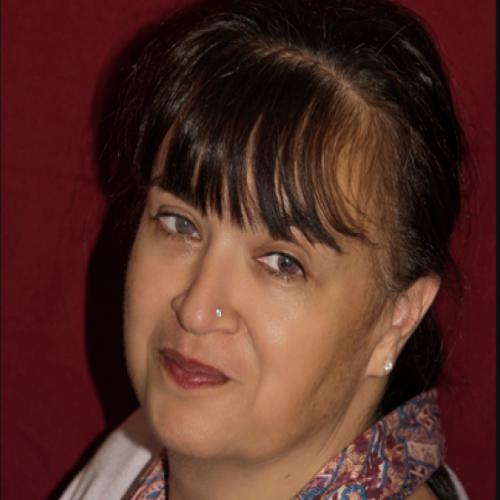
CPD: 0151 236 2024
Accreditations: 0151 242 0061
Office Hours: 9am-5pm, Mon-Fri
- Home
-
CPD Library
Popular Categories
CPD Memberships
Popular Bundles
-
Accreditations
Candidate Links
Police Station
Magistrates Court Qualification
-
Apprenticeships
Datalaw Apprenticeships
Resources
Law Apprenticeship Site





 1599 Users
1599 Users 37 Courses
37 Courses

